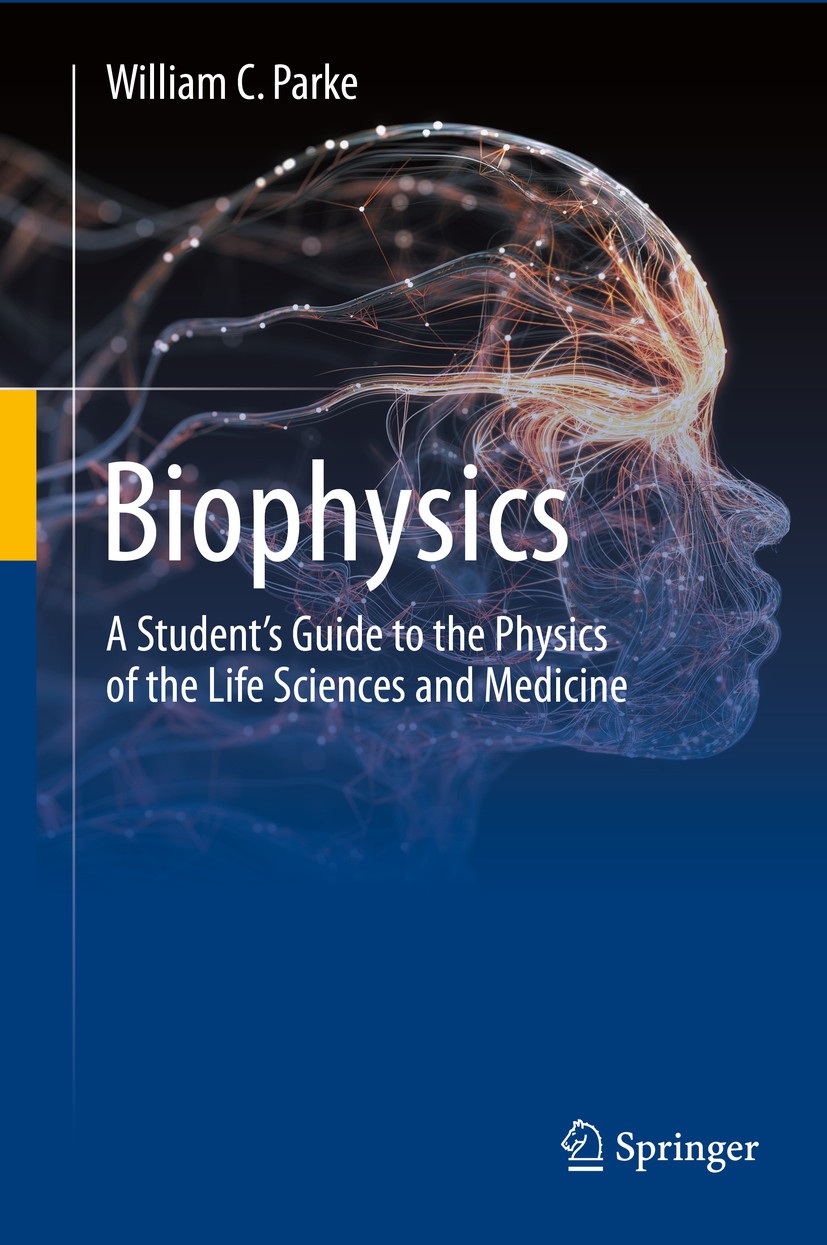Biophysics is the study of physical phenomena that are relevant to living systems. It covers a wide range of topics, from the subatomic scale (e.g., nuclear magnetic resonance) to the large-scale behavior of cells (e.g., cell motility). Biophysicists use a variety of techniques to study living systems, including optical microscopy, X-ray crystallography, and computer simulations.
Biophysics has a long history, dating back to the early days of biology when physicists such as Ernst Haeckel and Jean Baptiste Lamarck first applied their knowledge of physics to understand biological phenomena. In the late 19th century, biophysicists such as Hermann von Helmholtz and Emil du Bois-Reymond made important contributions to our understanding of muscle contraction, nerve conduction, and other biological processes.
The 20th century saw a rapid expansion in the field of biophysics with the development of new techniques and theories. For example, Max Delbrück and Salvador Luria pioneered the use of viruses to study genetic mutations; James Darnell and Francis Crick elucidated the structure of DNA; And Albert Einstein developed his theory of Brownian motion, which helped explain how molecules diffuse through cell membranes. Today, biophysicists continue to make important discoveries about living systems at all levels — from single molecules to whole organisms — using an ever-growing toolbox of experimental and theoretical approaches.


